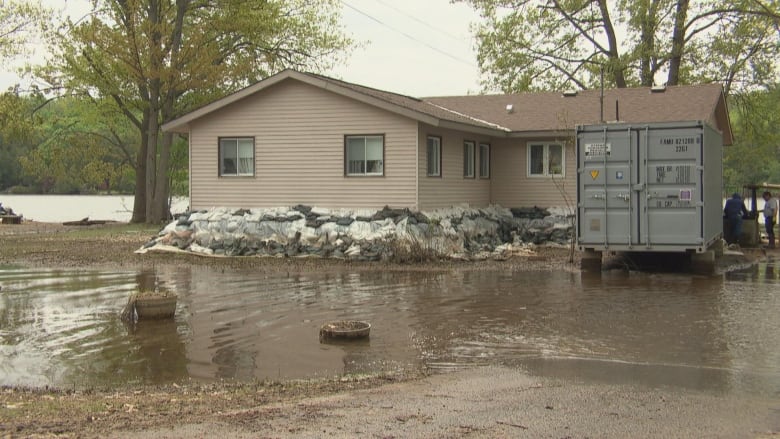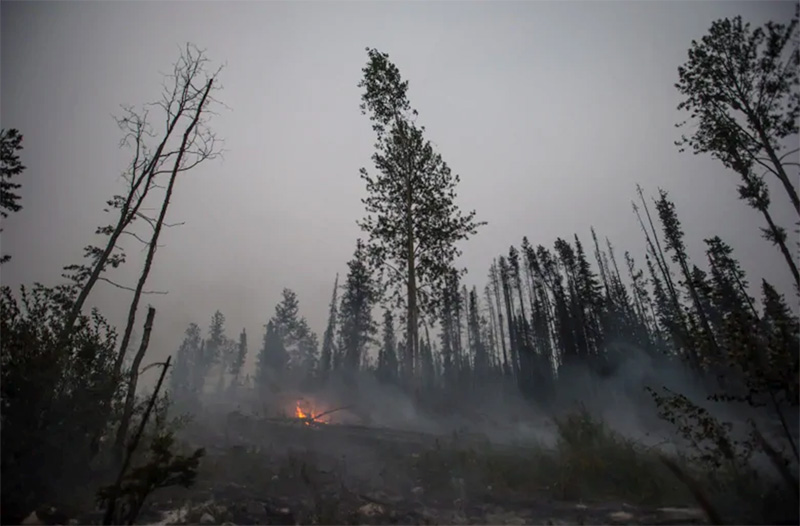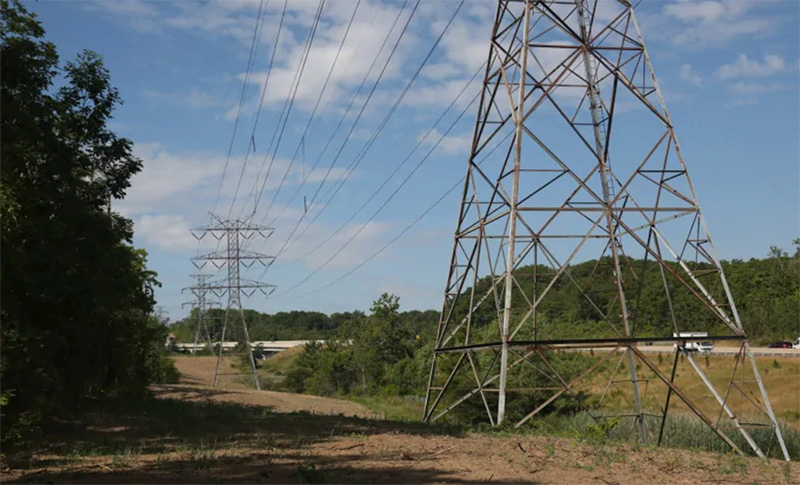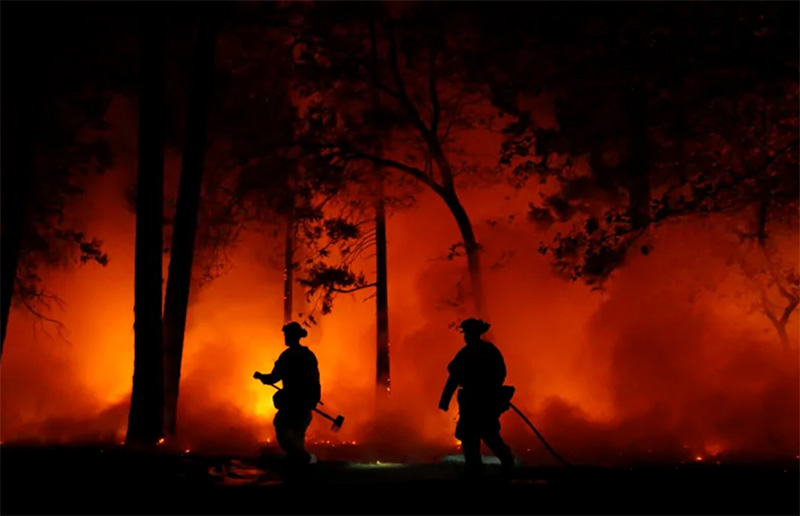
Climate change is fuelling risks like wildfires, heat waves and flooding, but Canada can reduce the worst damages and costs by being strategic about how it adapts — such as taking advantage of opportunities provided by such disasters, a new report says.
"Canada's Top Climate Change Risks," commissioned by the federal government and released Thursday by an expert panel from the Council of Canadian Academies, identified the top six climate change risks facing Canada, including damage to buildings, coastlines and northern communities. But it also looked at how to prioritize adaptation measures that might reduce those risks and their impacts.
"We can predict and project the climate change impacts that are coming down the line for our regions in Canada," said Deborah Harford, a member of the expert panel, "and because we know that, we can think strategically about how to reduce damage and respond proactively."
Harford is an adjunct professor and the executive director of the Adaptation to Climate Change Team at Simon Fraser University.
While the report doesn't make recommendations on how Canada should adapt to climate change, it does show which kinds of risks can be most effectively reduced by adaptation measures in the next 20 years, and offers some advice about what kinds of adaptation measures have the biggest impact.
Here are some lessons from the report.
While disasters like floods and wildfires can be costly and destructive, the report notes that they're also an opportunity to "build back better" and upgrade things like buildings, sewers systems, roads in the right place and the right way to withstand future disasters.
John Leggat, chair of the expert panel, said sometimes adaptive measures can be expensive and take a long time, but a disaster can provide the public awareness and motivation get costly infrastructure upgrades moving.
"Building back better" can also apply to things like forests, the report suggests, which can be replanted with the right trees for the expected future climate after severe wildfires or pest outbreaks.

Buildings, roads, the electricity grid and other physical infrastructure were listed in report as both a top area of risk and an area where Canada can easily adapt very effectively.
Leggat said that's partly because in that area "we have an understanding of what needs to be done."
Harford says it's also because this kind of work is already well underway.
"Although adaptation isn't a household word, you scratch the surface on any community that's already facing severe flood damage, and let me tell you: They are doing adaptation."
That might be by upgrading infrastructure to divert the water or restricting building on flood plains, for example.
The report suggests managing infrastructure risks by:
The health system was listed as another area that could readily adapt. As examples, the report said public advisories and training could help manage threats like extreme heat and diseases and pests spreading into new areas.
Harford said those kinds of things can be implemented very quickly.

"Adaptive" measures intended to reduce risks can sometimes ultimately increase risks or boost emissions that cause climate change.
Dikes and levees that protect from flooding can encourage development in flood-prone areas by providing a false sense of security, even though such measures could fail. And sometimes forestry practices that suppress wildfires allow fuel to build up, resulting in bigger wildfires that generate more emissions later on.

The report suggests sometimes those "maladaptive" actions happen because of existing incentives or policies that don't take climate change into account, and those need to be changed.
For example, many communities are reluctant to stop development on flood plains for economic reasons, Harford notes. "There isn't any incentive for them in the short term to remove development that would otherwise be giving them property taxes."
She said more funding for local governments may be needed to avoid that kind of maladaptation.
Harford says there are examples where one adaptation measure can reduce many climate change risks at once and sometimes generate lots of side benefits.
Planting trees, restoring streams and creating new parks in cities can reduce:
When government invest in electric vehicles, that reduces air pollution and some of the health impacts of extreme heat, which is linked to deaths from respiratory problems. Investing in solar panels at a local level can make that neighbourhood more resilient if extreme weather knocks out the central grid.
Harford said climate change is already costing Canadians a "staggering amount of money" and affecting their communities and their health.
"But there's a lot we can do," she said. "We need to invest in it now and get on with it so we reduce the future impacts on our society."
The report notes, however: "No risk can be completely eliminated through adaptation alone. Thus, decision-makers need to anticipate and plan for consequences that are unavoidable in the short and medium term, while working to reduce future greenhouse gas emissions globally."